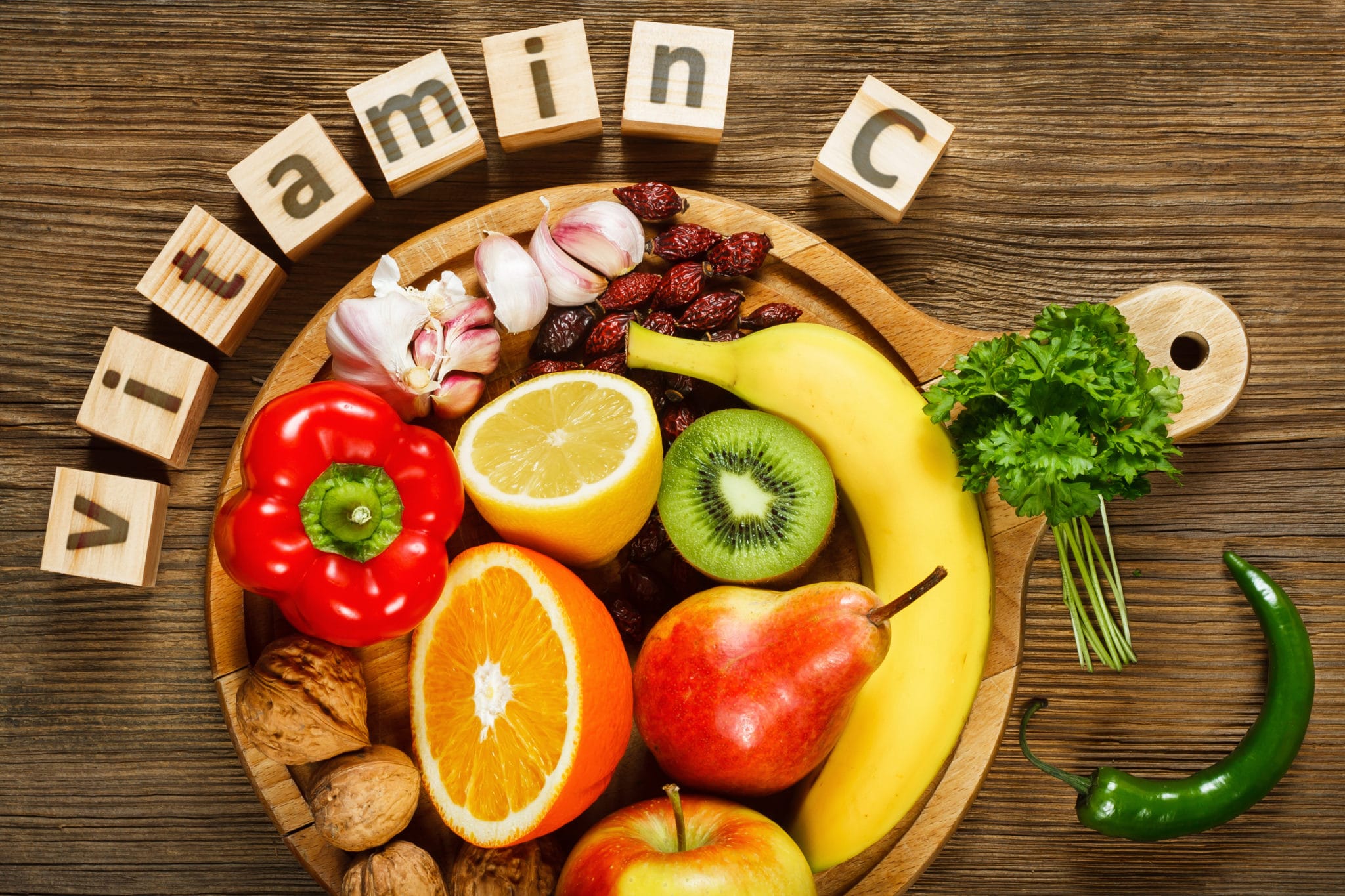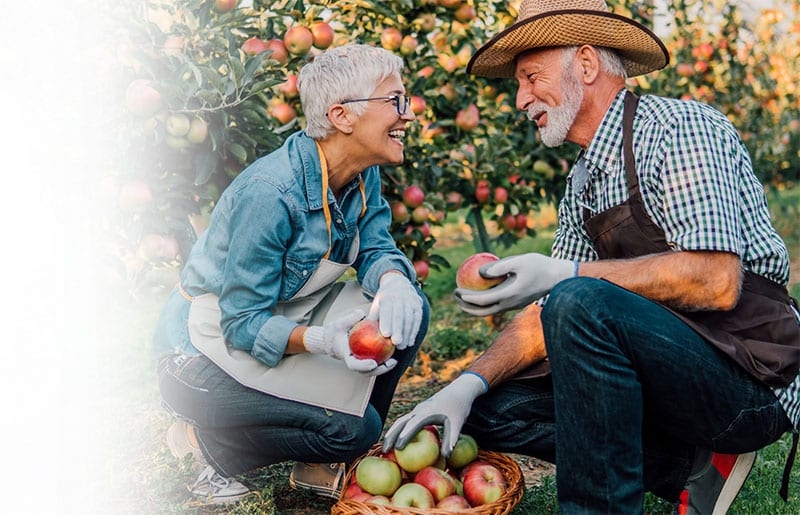
The Best Food Sources For Vitamin C
Vitamin C, or ascorbic acid, is an essential nutrient for good health. It helps create connective tissues in the body like muscles, ligaments and skin as well as maintains healthy blood vessels and strong bones.
Fortunately, it’s easy to get the recommended daily value (DV) of vitamin C through lots of delicious, fresh produce!
How much vitamin C is enough?
According to the National Institutes of Health (NIH), adult males should consume 90 mg of vitamin C per day and females should consume 75 mg per day. For pregnant and breastfeeding women, 85 mg to 120 mg DV is considered an appropriate range.
Vitamin C is water soluble, meaning the body doesn’t store it – it’s filtered out and leaves the body through urine. So to make sure you’re maintaining adequate levels of vitamin C, you need a good daily intake of food that contains it.
For most of us, this isn’t a problem. Even one serving of many fruits and vegetables can easily satisfy the full DV of vitamin C for adults. Most of us can and do take in far more than the recommended DV without any negative side effects since it is water soluble.
However, vitamin C intake should be capped at around 2,000 mg per day. Larger doses could cause kidney stones in people who are prone to them, or bring on digestive upset such as nausea or diarrhea.
Best food sources for vitamin C
The best food sources for vitamin C are fresh fruits and vegetables. Virtually all produce contains some quantity of vitamin C, but the following foods will provide almost your entire DV in just one serving:
-
- Guavas: Half of one of these juicy, pink-fleshed tropical fruits has 125 mg. Chop it up and add to salads, grilled meat dishes, or slice and eat raw for a delicious snack.
- Sweet Bell Peppers: Just a half-cup of red, orange and yellow bell peppers has 95 mg. Add sliced bell peppers to stir-frys, salads, cottage cheese or dip them in hummus.
- Oranges: One medium navel orange is 70 mg – giving you even more reason to stash one in your bag for later when hunger hits.
- Berries: Blueberries, blackberries, cranberries, raspberries and strawberries all range from 50 mg to 95 mg per cup.
- Kiwi: Though kiwi fruit is small, it packs a powerful punch of vitamin C – you’ll get 70 mg in just one tiny fruit.
- Kale: A cup of chopped kale contains 80 mg. You can easily sneak kale servings into salads, stews, soups, smoothies and stir-frys and watch that vitamin C really add up.
- Cantaloupe: Eating cantaloupe is not only a refreshing way to cool off on a warm day, but one diced cup of it also boasts 60 mg of vitamin C.
- Brussels sprouts: One-half cup of these cooked sprouts provides 50 mg towards your DV of vitamin C.
- Tomatoes: A cup of chopped tomatoes has 55 mg vitamin C, which makes fresh salsas and homemade marinara sauces excellent snack and meal choices.
- Green chili peppers: If you love spice and heat, then you’ll love this – just one green chili pepper such as Anaheim, hatch, poblano or jalapeno contains 100 mg of vitamin C!
- Broccoli: This green, cruciferous veggie is healthy for many reasons, but a half-cup of it will also give you 50 mg of vitamin C.
Explore all of Scripps Affiliated Groups’ nutrition articles, which feature excellent healthy eating tips for food shopping, preparing meals and eating out.

Join our Senior Wellness Society for the latest news on Medicare and tips for healthy living in San Diego!
Sign up now ›Are you looking for specialized medical care in San Diego?
Our directory has more than 850 doctors in San Diego County of various specialties who are available to help you.
Find a doctor